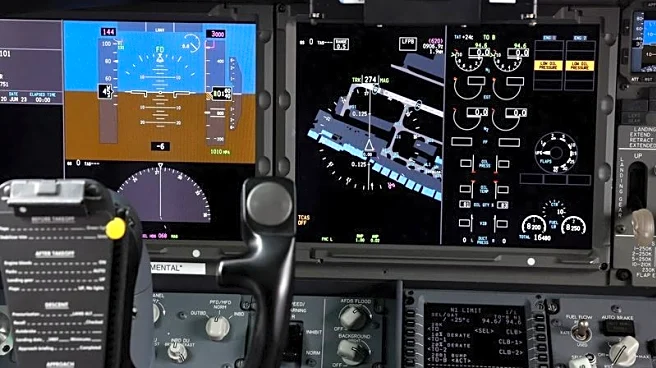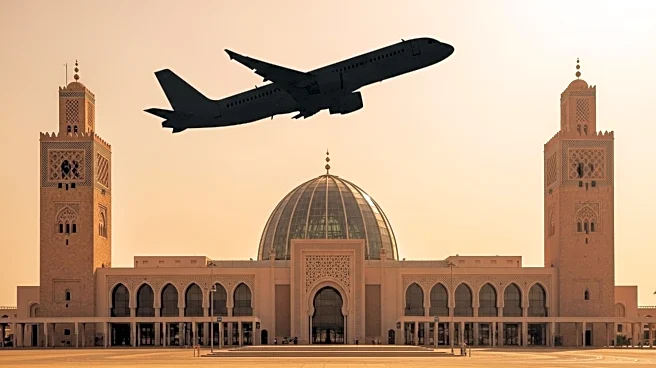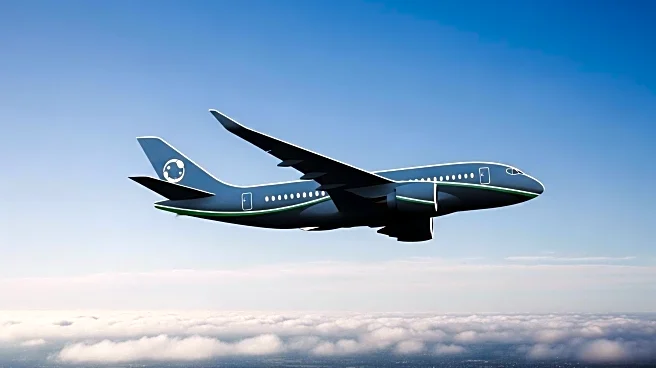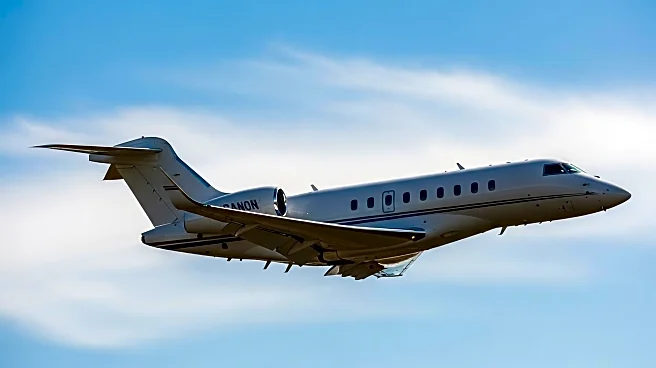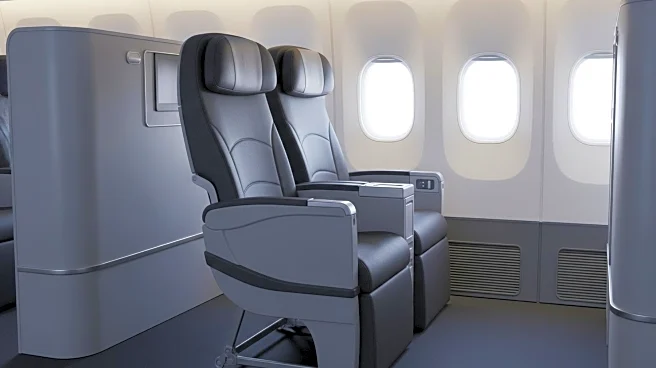What is the story about?
What's Happening?
The International Air Transport Association (IATA) is proposing to the International Civil Aviation Organization (ICAO) Assembly to increase the upper age limit for multi-pilot commercial flying from 65 to 67 years. This proposal is based on medical studies suggesting that pilots can safely continue flying beyond the current age limit. The aviation industry is experiencing a pilot shortage due to its rapid growth, and extending the retirement age is seen as a cautious but necessary step to address this issue. The proposal includes additional safety measures, such as standardized data collection on pilots' health and performance, to ensure continued safety in air transport operations.
Why It's Important?
The proposal to raise the pilot age limit is crucial for the aviation industry, which is grappling with a shortage of qualified pilots. By extending the retirement age, airlines can retain experienced pilots longer, helping to mitigate the impact of the shortage on flight operations. This move could also influence global aviation policies and set a precedent for other industries facing similar workforce challenges. However, it raises questions about the balance between safety and operational needs, as well as the potential impact on younger pilots entering the workforce.
What's Next?
The ICAO Assembly will consider the proposal in its upcoming session in September. If approved, the new age limit could be implemented with accompanying safety measures. The decision will likely prompt discussions among airlines, pilot unions, and regulatory bodies about the implications for pilot training, recruitment, and retirement policies. Stakeholders will need to address concerns about maintaining safety standards while adapting to the changing demographics of the pilot workforce.
AI Generated Content
Do you find this article useful?




